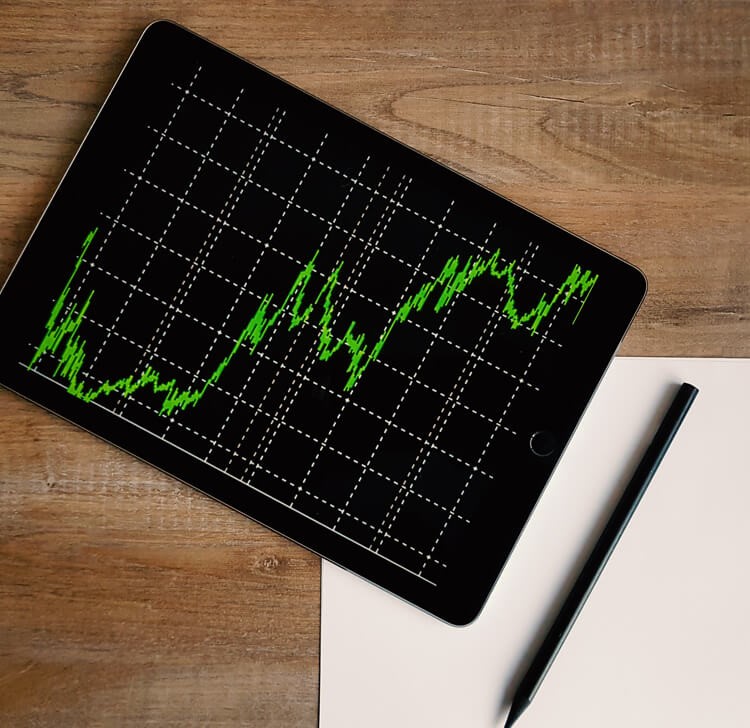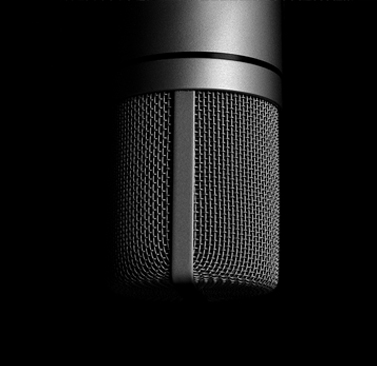March Inflation Scare

Related links
No related links
March CPI Scare
Headline CPI rose to 7.1% y/y in March from 7% in February, an increase that was slightly above consensus estimates of 6.9%. The main culprit of this increase was food price inflation that accelerated to a 14 year high of 14.4% y/y, thereby further worsening short-run inflationary impulses emanating from reduced oil supply and increasing utility costs. South Africa’s implied forward rates have since adjusted in response to the higher-than-expected CPI print.
The continued rise in domestic inflation presents significant challenges to household spending which bears limited tail risks, largely constrained by high unemployment, elevated debt servicing costs, and the negative impact from persistent power outages. Notwithstanding the apparent inexistence of a demand-pull inflation in South Africa, the FRA market now expects a further 50-bps of rate hikes, with a minimum 25-bps increase pencilled-in at the next MPC meeting (see Figure 1).

The outlook for further interest rate hikes beyond what the market is pricing in will arguably hinge on the rand and the outlook of the US monetary policy interventions. Following the Fed’s record-breaking pace of policy normalisation, U.S. headline inflation continued to moderate, easing to 5.0% y/y in March from 6.0% y/y in February. While U.S. inflation seems to have peaked, the Fed’s aggressive stance may have already taken its toll on the broader U.S. economy.
In general, we remain constructive on emerging market assets which should be supported by more relaxed Covid-19 restrictions in China. The Chinese economy has rebounded faster than expected in the first quarter of the year. According to the National Bureau of Statistics, the world’s second largest economy grew at an annualised rate of 4.5% y/y in the first quarter of 2023, well above polled expectations of 4.0% y/y. The low-base recovery in China is set to provide some respite to emerging market assets, whose valuations were further undermined by a strong U.S. dollar and a negative short-term interest rate environment.
After drifting well into negative territory for a prolonged period, South Africa’s real short term interest rates have recently turned positive (see Figure 2). Real short-term rates are also envisaged to grow in magnitude as the SARB looks to maintain the global hiking pace (now lagging the Fed by about 50-bps) while inflation pressures begin to moderate in the second half of the year.

Bottom line: The Nedgroup Investments Cash Solutions funds remain well positioned for the current hiking cycle, as we mainly hold floating rate instruments which will all reset their interest rate coupons to the new higher rate within the next few weeks and months. In the SA money market, the 3-m JIBAR rate rose 50 bps m/m to end the month of March at 7.958%, while the 12-m JIBAR rate increased by 18 bps m/m to 9.000%. These elevated JIBAR rates mean that money market funds are likely to generate return of between 9% and 10% over the next 12 months with no (or limited) risk of capital loss. (Taquanta Asset Managers)
Retirement of Sean Segar
Sean Segar will be retiring from Nedgroup Investments at the end of May 2023. Sean has been with Nedgroup Investments since Cash Solutions was started in 2011. Like the rest of the Cash Team, Sean is passionate about making client’s money work as hard as it possibly can until it needs to be otherwise deployed. We would like to thank Sean for his contribution towards generating our clients billions in additional interest – over and above what they would have earned on call, without compromising their liquidity.

For a better experience of the Nedgroup Investments website, please try the latest version of these browsers




